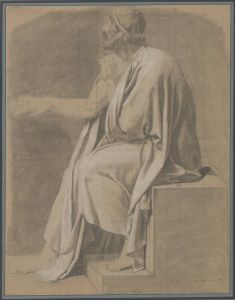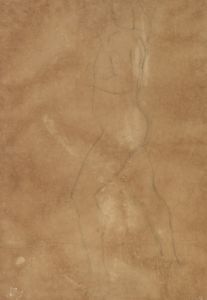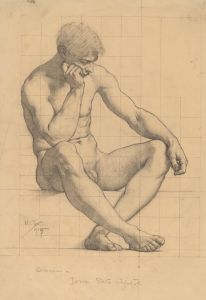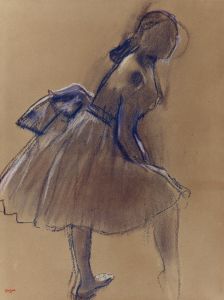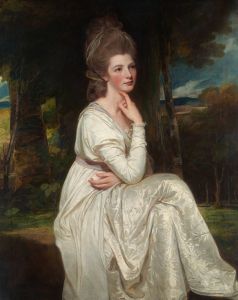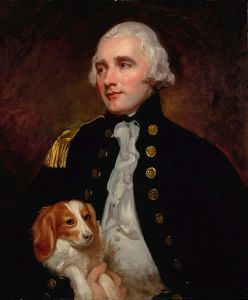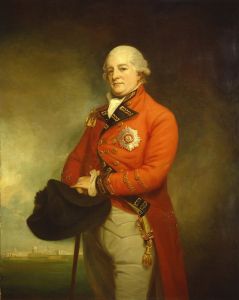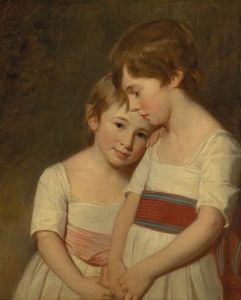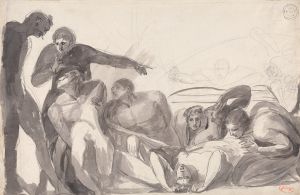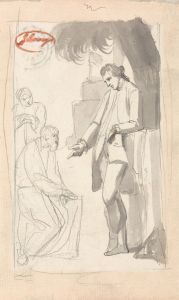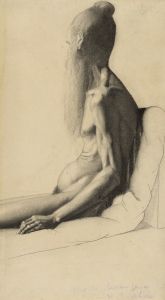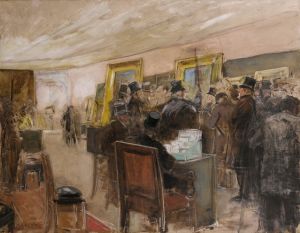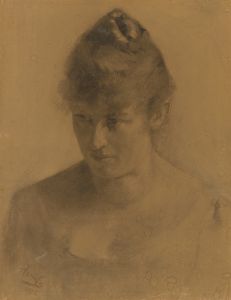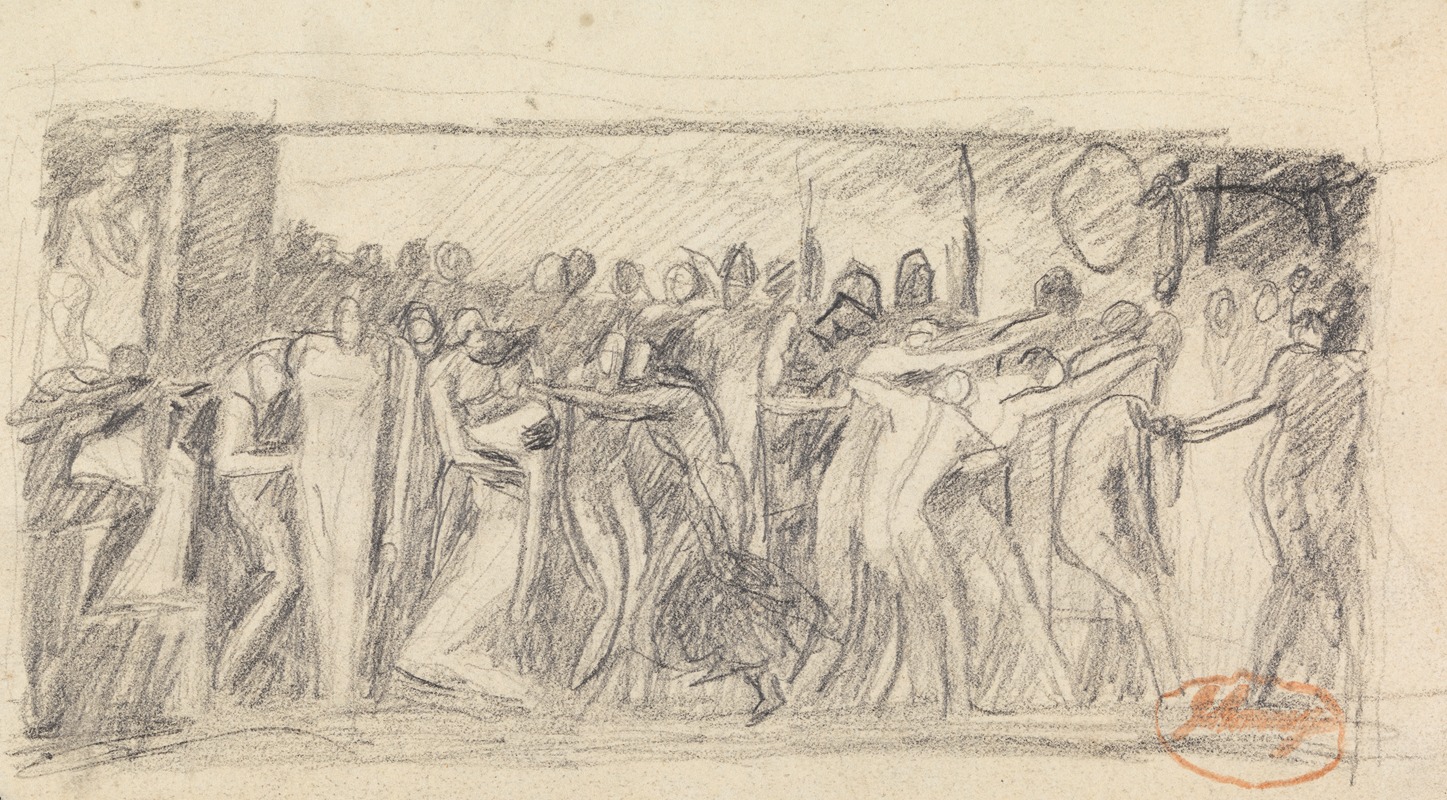
Figure Composition Study
A hand-painted replica of George Romney’s masterpiece Figure Composition Study, meticulously crafted by professional artists to capture the true essence of the original. Each piece is created with museum-quality canvas and rare mineral pigments, carefully painted by experienced artists with delicate brushstrokes and rich, layered colors to perfectly recreate the texture of the original artwork. Unlike machine-printed reproductions, this hand-painted version brings the painting to life, infused with the artist’s emotions and skill in every stroke. Whether for personal collection or home decoration, it instantly elevates the artistic atmosphere of any space.
George Romney (1734–1802) was a prominent English portrait painter and one of the leading artists of his time. Among his works, Figure Composition Study is a notable example of his interest in exploring narrative and compositional techniques beyond portraiture. This artwork, like many of Romney's studies, reflects his fascination with classical themes and his dedication to the preparatory process in art.
Figure Composition Study is a preparatory drawing or sketch rather than a finished painting. Romney often created such studies to experiment with the arrangement of figures, poses, and gestures. These works were integral to his creative process, allowing him to refine his ideas before committing them to larger, more polished compositions. The study demonstrates Romney's skill in capturing movement and emotion through the human form, a hallmark of his artistic style.
Romney was deeply influenced by classical antiquity and the works of the Old Masters, particularly during his time in Italy from 1773 to 1775. This influence is evident in his figure studies, which often depict mythological or historical subjects. While the specific narrative or theme of Figure Composition Study is not definitively known, it is consistent with Romney's broader interest in dramatic and expressive storytelling.
The medium of the study is likely pen, ink, or chalk, as these were common materials used by Romney for his preparatory works. The composition emphasizes the interplay of light and shadow, as well as the dynamic arrangement of figures, showcasing Romney's ability to convey depth and movement on a two-dimensional surface.
Romney's figure studies were not always intended for public display; instead, they served as tools for his artistic development. Many of these works remained in his studio and were discovered posthumously. Today, such studies are valued for the insight they provide into Romney's working methods and his approach to composition.
Figure Composition Study is housed in a collection that preserves Romney's legacy, though the exact location of this specific work may vary depending on exhibitions or institutional holdings. It is an example of how Romney's preparatory works contribute to our understanding of his artistic vision and his role in the broader context of 18th-century British art.





